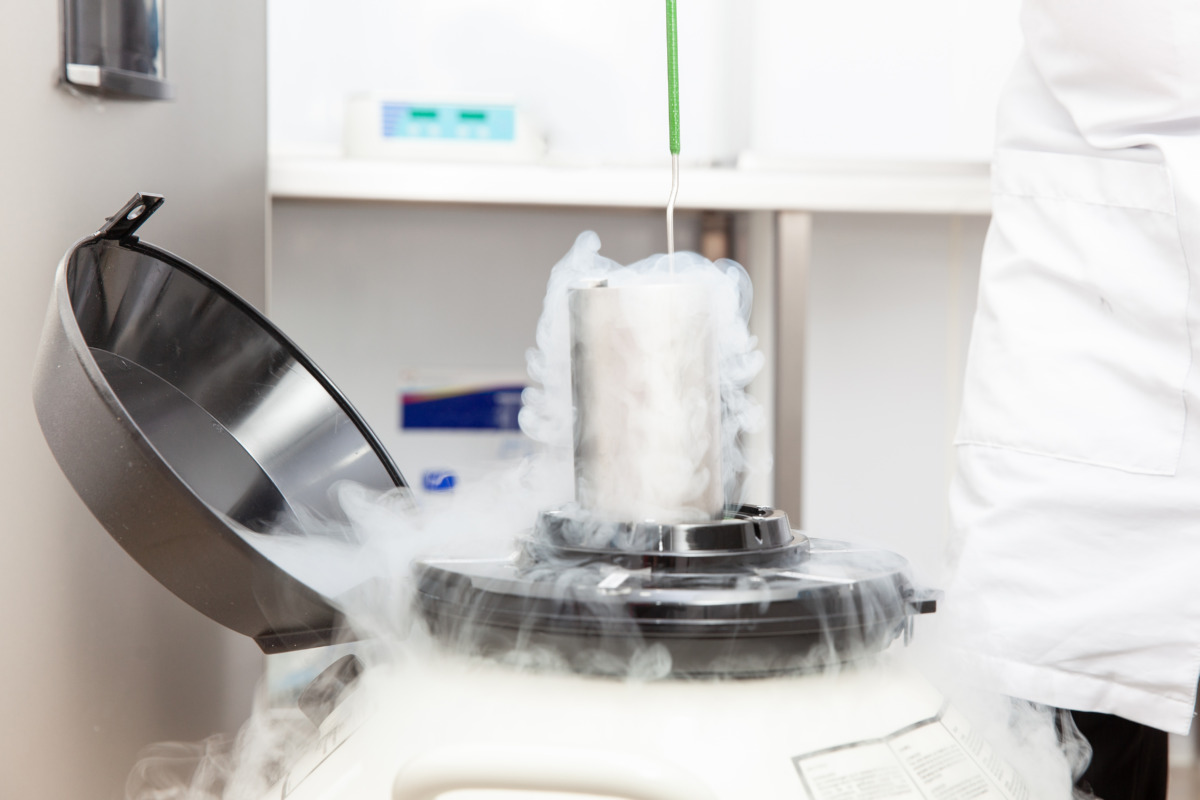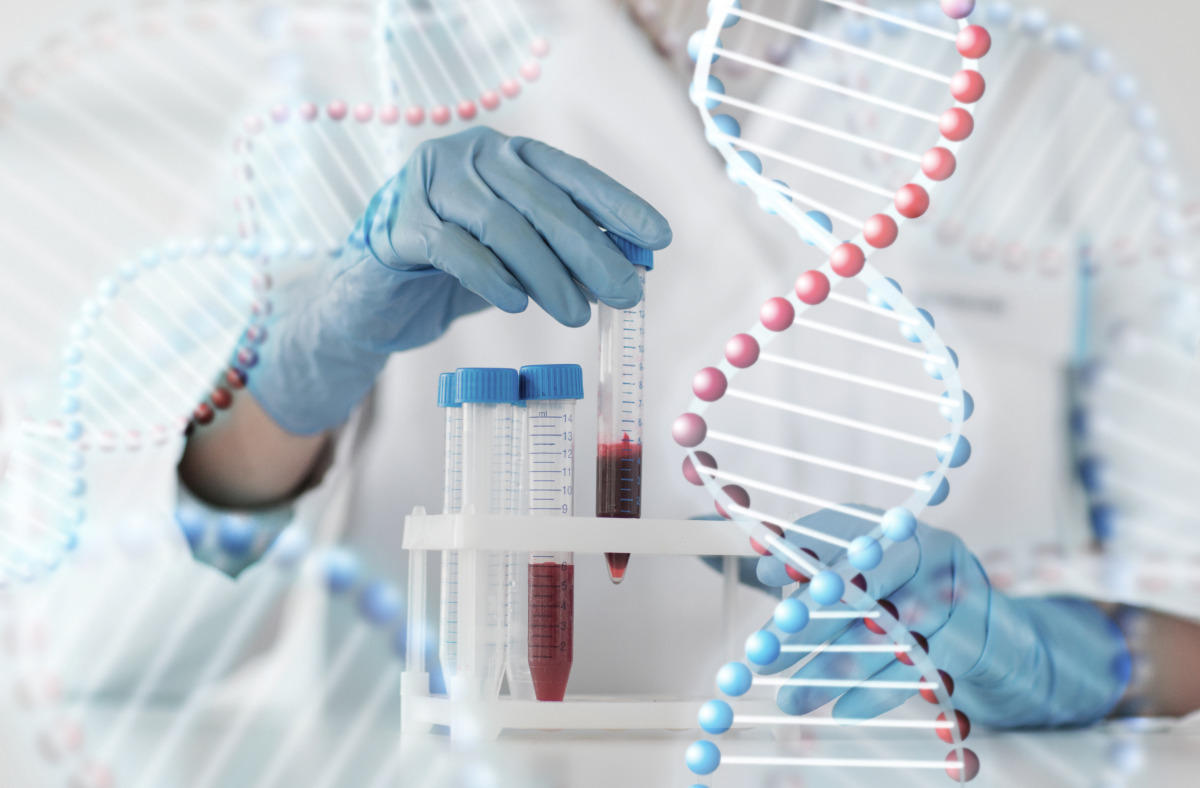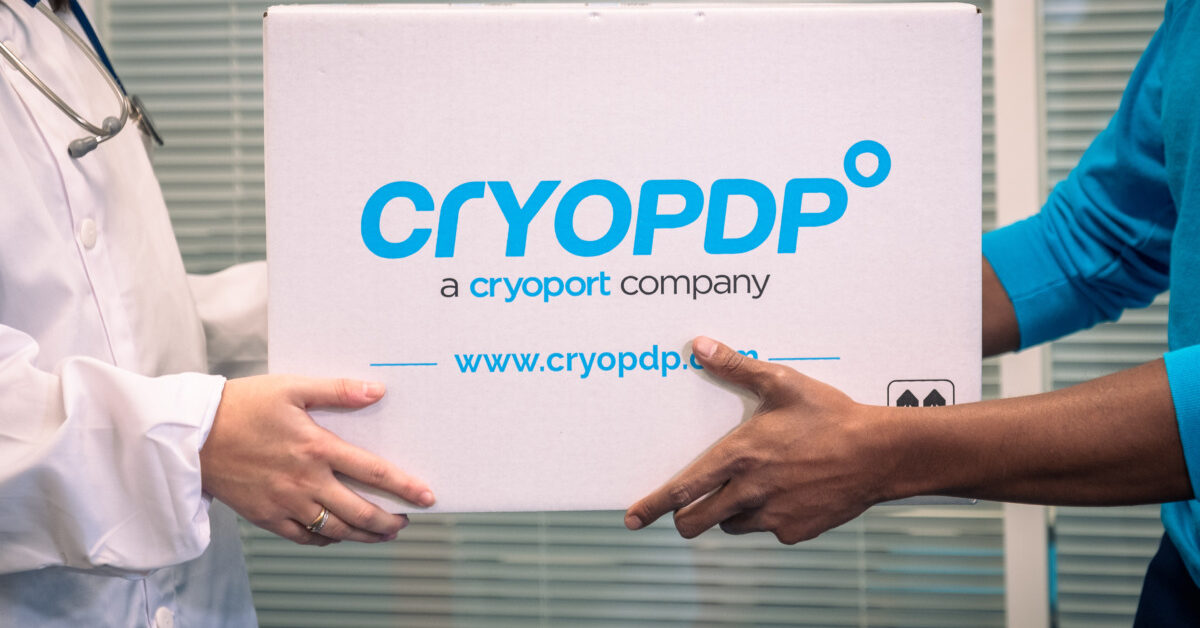In the rapidly evolving healthcare landscape, cell and gene therapies (CGTs) have emerged as revolutionary treatments offering hope to patients with previously incurable diseases. However, the success of CGTs hinges on maintaining integrity through the supply chain, a task made daunting by the extreme temperature sensitivity of these therapies. We delve into the critical role of cold chain logistics in cell and gene therapies and explore the latest technologies being used in this field.
Maintaining a cold chain for medical products means ensuring consistent environmental controls throughout the product lifecycle, from raw material transfer to a manufacturing site, end-product transport to pharmacy shelves, to finally making it available to patients.
The cold-chain is particularly vital in early development because limited product stability data is available during early-stage clinical trials. Thus, strictly regulating the temperature during storage or transportation minimizes environmental variations that can affect a drug’s stability or performance.
The logistical challenges posed by cell and gene therapies
“Specialized therapies like CGTs pose more logistical challenges than traditional therapies because CGTs usually involve temperature- and time-sensitive live cells, while traditional therapies typically focus around often more “robust” pharmaceutical compounds,” according to Richard Rossi, Global Cold Chain & Strategic Projects Director at CRYOPDP, a global leader in temperature-sensitive logistics.
Autologous CGTs involve the manipulation and modification of a patient’s cells to combat diseases such as blood cancers, making each treatment personalized and unique to that one patient.
The personalized CGT development journey begins with the collection of the patient’s cells via a process known as apheresis – usually white blood cells in blood cancers – which are then processed and genetically modified in a lab, explained Rossi. The modified therapeutic cells are then checked for quality and sterility, frozen and shipped back to the patient’s treatment site for administration.
Between cell collection and final therapy infusion, patients are put on interim ‘bridging’ treatments to prepare the patient’s immune system to receive the CGT.
“Throughout this process, ensuring viability of the transported cells is paramount,” asserted Rossi.

“This is enabled by maintaining a robust cold chain process through the various handling processes, which includes cryogenic freezing both before and after the manufacturing step. Adequate cell viability is critical for genetic manipulation and modification, and thus for successful treatment. Any deviations in the transport or manufacturing processes may result in a loss of therapeutic potency leading to treatment failure with adverse consequences, even putting the patient’s life at risk. Further, any delays or issues in the cold chain can result in patients needing to repeat both apheresis and the bridging treatments, which may not be possible for some critically ill patients.”
Key considerations in maintaining the cell and gene therapy cold chain
Thus, CGTs must be stored and transported at cryogenic temperatures to ensure their viability and efficacy. This is essential to ‘get the treatment right the first time around’, as Rossi phrased it.
Liquid nitrogen, which enables cryogenic temperatures to be achieved, is prohibited on aircrafts due to safety concerns. Therefore, to maintain cryogenic temperatures during transit, specialized packaging equipment known as dry shippers are used.
“Essentially, dry shippers are specialized vacuum flasks fitted with sophisticated foam designed to absorb liquid nitrogen,” explained Rossi. “Any excess liquid nitrogen is decanted, leaving a dry and safe container with a low temperature environment for transporting CGTs.” This aircraft-approved dry shipper design is a preferred choice for air transport of CGTs today.
Considering the lives at stake and the lack of room for error, the cold chain has to step up above and beyond maintaining the right temperature alone, noted Rossi. “It is standard practice to incorporate detailed double checks in the logistics chain to ensure that the correct treatment is delivered to the intended patient without delay.”
Logistical safeguards in place for CGTs include real-time tracking of the shipped samples to and from the patient’s site and the manufacturing center.
Additionally, meticulous record-keeping is used to track and verify the shipments from collection to delivery to ensure product safety and quality. This involves maintaining the chain of identity, which includes batch records and patient information, and the chain of custody, covering all transfer and control points for a product. In particular, ensuring that the patients’ samples are in the hands of trained personnel at all times is pivotal to the success of the manufactured therapy.
Moreover, dry shippers are equipped with advanced data loggers that monitor real-time temperature, tilt, shock, and light exposure, providing information on shipment and sample integrity.
Rossi also emphasized that since CGTs are cutting-edge medical products, regulatory requirements around them are still evolving, and can heavily differ across countries. Therefore, understanding and complying with these regulations is key to successful CGT logistics, which in turn impacts downstream trial success and commercialization.

Optimized logistics solutions with a focus on quality and innovation
With more than 25 years of experience serving the healthcare industry, the CRYOPDP team is cognizant that the approach needed to optimize complex logistics must be multifaceted. The company places a strong emphasis on quality, experience, and innovation, both within their team and from their service partners.
“Our aim is to retain the highest possible quality and viability of the transported cells for these sensitive therapies,” Rossi emphasized. “To achieve this, we use top-quality dry shippers and data loggers, ensuring that the equipment and technology can seamlessly operate across borders and with multiple airline partners.”
As an example of the attention to quality that the team pays, he mentioned that for cryogenic shipments, all CRYOPDP dry shippers undergo ‘normal evaporation rate’ or NER testings. These tests measure the amount of liquid nitrogen that evaporates over a defined period of time.
The NER testing provides an insight into the ‘dry shipper dynamic holding time’, that is, the amount of time that the dry shipper will maintain temperature whilst in transit. This ensures that the CRYOPDP dry shippers perform to an acceptable standard, enabling sample viability during transit as well as the capacity to withstand any potential delays.
Similarly, testament to its focus on data accuracy and real-time visibility, the logistics provider employs state-of-the-art GPS tracking and IoT technology to continuously monitor the precise location and environmental condition of its shipments.
CRYOPDP also works closely with clients to establish contact lists and parameters, ensuring that shipments are delivered only to authorized individuals and locations that are known to the manufacturing sponsor. This meticulous approach helps define the chain of custody, minimizing the risk of errors in delivery.
Acknowledging the complexities of regulatory requirements across different countries, the team also maintains a strong network of experienced and reliable logistics service partners to facilitate seamless cross-border movements while adhering to stipulated regulatory standards.
Explaining CRYOPDP’s continuous innovation approach to optimizing temperature control logistics for CGTs, Rossi shared, “We are constantly seeking ways to improve the entire transportation service, from the equipment used (including the design of the dry shippers), the GPS tracking, to the data capture as well as visibility for our clients.”

Building a future with mainstream cell and gene therapies
Looking to the future, Rossi predicted that temperature control logistics in the CGT space is expected to evolve as these therapies become more mainstream.
“A crucial factor for the success of cryogenic shipping, which is now key to the success of CGTs, is its widespread use within the logistics network,” he continued. “As we continue to increasingly engage with these therapies, all stakeholders involved, including service providers like CRYOPDP, freight carriers, and clinical staff, will become more accustomed to them.”
The increased adoption of CGTs – especially once they start treating a broader range of diseases – will strengthen the success of each and every shipment.”
As the CGT field continues to evolve, CRYOPDP stands ready to support the evolution of CGTs and the patients they serve, Rossi concluded.
To learn how you can partner with CRYOPDP to ensure safe transportation of your time critical and temperature sensitive CGT product, please visit the company’s website.
Images courtesy: CRYOPDP, Shutterstock





